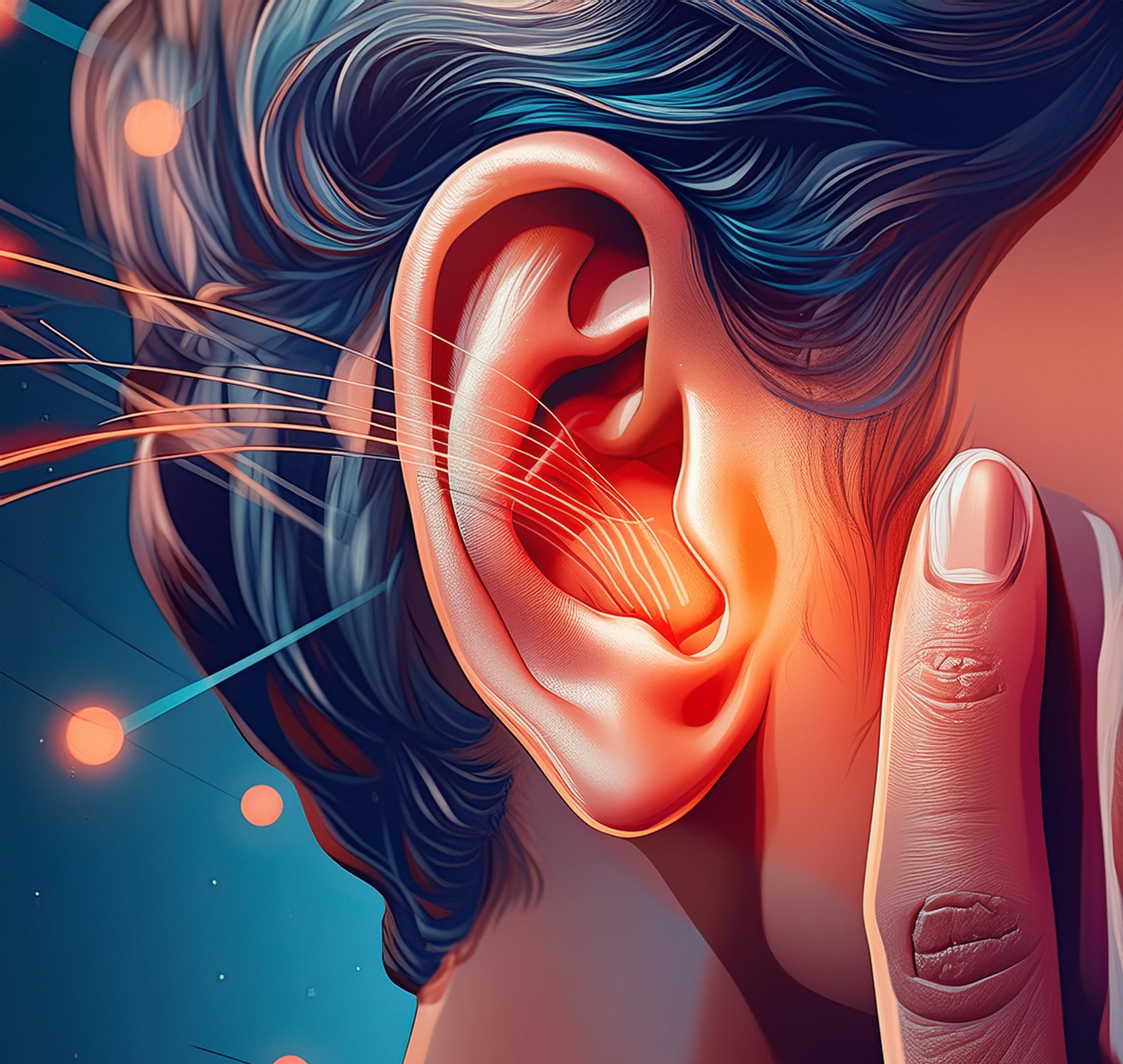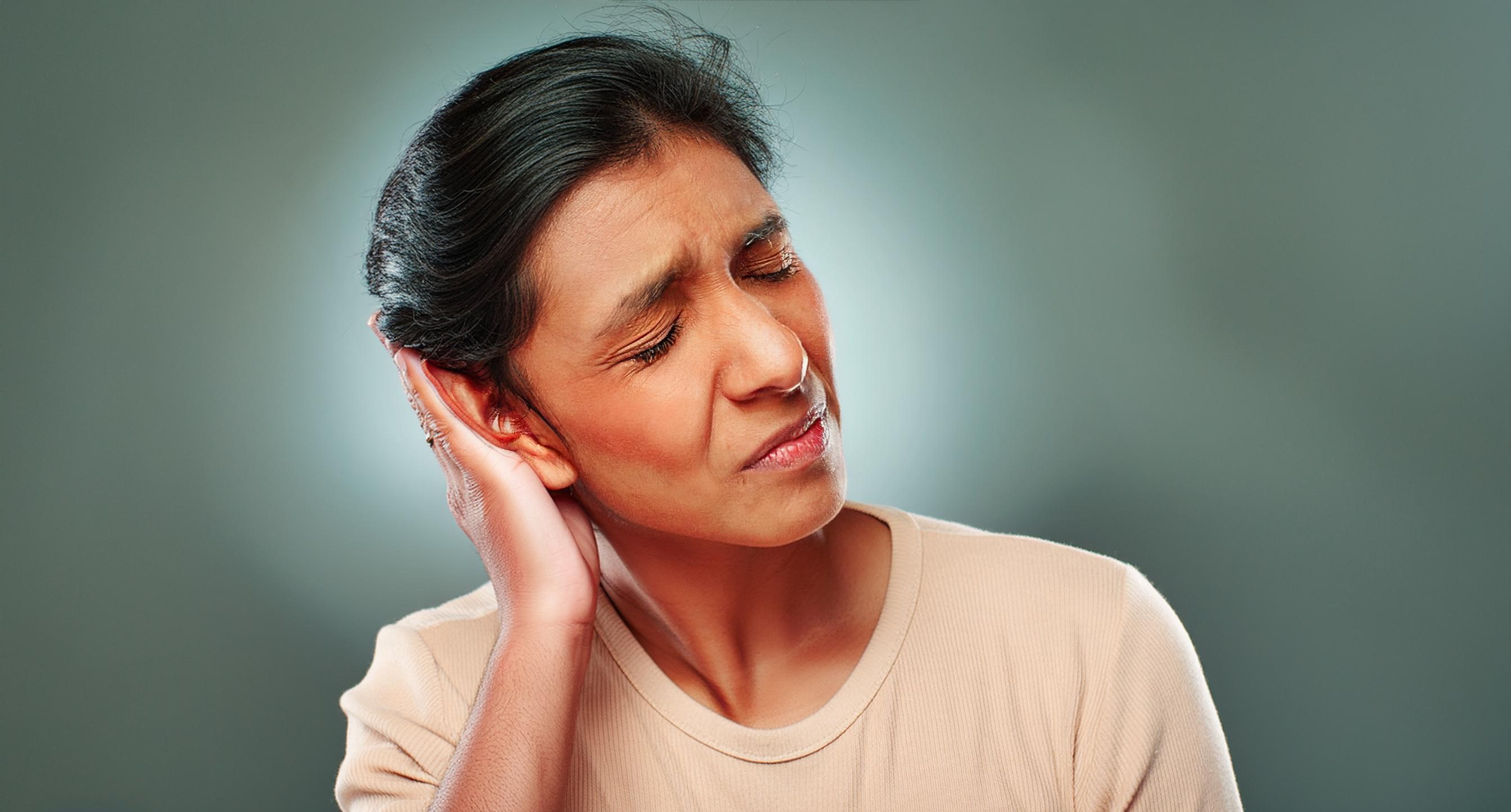Ear pain which is also called otalgia is a well-known ear problem that can range from mild pain to severe ear pain in the ears. This pain could be due to a variety of reasons that are mentioned below:
What causes ear pain?
 As discussed above ear pain could be due to various reasons impacting the structure of the ear:
As discussed above ear pain could be due to various reasons impacting the structure of the ear:
Common causes of ear pain include:
Otitis Media:
Infection or inflammation of the center ear, frequently due to bacterial or viral contaminations, leads to pain, pressure, and some of the time liquid buildup behind the eardrum.
Otitis Externa (Swimmer's Ear):
Irritation or contamination of the external ear canal, most probably caused by microbes or parasites also leads to ear pain, redness, swelling, and discharge.
Eustachian Tube Dysfunction:
The Eustachian tube is located in the center of the ear to the back of the throat and can lead to pressure, liquid buildup, and resulting in ear pain.
Earwax And Ear Injury:
Wax build-up is the most common ear condition that can cause ear pain due to the blocked ear canal and any ear injury that may be internal or external can also cause ear pain.
Sinusitis:
Increased sinusitis issues can also cause ear pain.
Temporomandibular Joint (TMJ):
The functional issue of the jaw joint can cause increased pain in the ears, often associated with jaw pain, clicking or popping sounds, and trouble chewing due to the presence of tinnitus.
Dental Issues:
Certain dental problems such as tooth cavities or a wisdom tooth infection can also cause severe pain in the ears mostly in the lower jaw.
Symptoms of Ear Pain:
 As ear pain itself is a main symptom it also includes additional signs and symptoms such as sharp and throbbing intense pain in one or both ears. The sensation of a pressurized ear, A few people with ear pain may also experience pus fluid, or blood discharge from the ear. Also in a few cases reduced hearing and ringing within the ears called tinnitus are seen along with ear pain. Swelling around the ear and redness is also a sign of ear pain. Few people may also experience fever.
As ear pain itself is a main symptom it also includes additional signs and symptoms such as sharp and throbbing intense pain in one or both ears. The sensation of a pressurized ear, A few people with ear pain may also experience pus fluid, or blood discharge from the ear. Also in a few cases reduced hearing and ringing within the ears called tinnitus are seen along with ear pain. Swelling around the ear and redness is also a sign of ear pain. Few people may also experience fever.
Diagnosing the basic cause of ear pain ordinarily includes:
Otoscopy:
Examination of the ear canal and eardrum employing a lighted instrument called an otoscope to evaluate for variations from the normal, irritation, or disease.
Tympanometry:
|
Due to the fluid build up the pressure levels in the ear are changed, so the tympanometry test allows to detection of the ear issue present in the center of the ear. |
Audiometry:
Audiometry is a test that detects hearing issues.
Imaging Scans:
In a few complex situations imaging tests such as computed tomography (CT) or attractive magnetic resonance imaging (MRI) may be required.
Treatment For Tinnitus:
Treatment for ear pain depends on the fundamental cause and may incorporate:
Antimicrobials:
In case the ear pain is due to bacterial infections, antimicrobials are prescribed to eliminate the disease and ease symptoms.
Pain Relievers:
Painkillers such as acetaminophen or ibuprofen can best help in reducing ear pain but make sure to consult with the doctor before you have it because it must be suitable for your medical condition.
Ear Drops:
Ear drops are also recommended by the healthcare professional to reduce the pain caused by any potential contaminants.
Earwax Removal:
Ear wax should be removed to reduce ear pain because ear wax can also cause severe ear pain.
Warm Compresses:
Applying warm compresses to the affected ear can help soothe pain in cases of otitis media or otitis externa.
Decongestants:
Nasal decongestants or verbal antihistamines may be recommended to reduce blockage and encourage eustachian tube functioning in cases of sinus-related ear pain.

